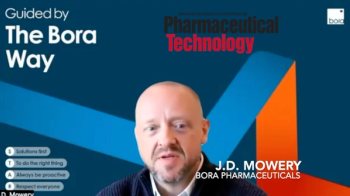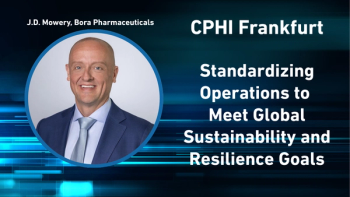
NICE Updates Guidance for Lokelma as Treatment for Adults with Hyperkalemia
NICE has updated its Technology Appraisal Guidance TA599 for AstraZeneca’s Lokelma.
The United Kingdom’s National Institute for Health and Care Excellence (NICE) has updated its Technology Appraisal Guidance (TAG) TA599 for AstraZeneca’s Lokelma (sodium zirconium cyclosilicate [SZC]), it was announced in a Jan. 24, 2022 press release.
With this updated guidance, the treatment’s use is now expanded to allow the treatment of adults with persistent hyperkalemia in a primary care setting (i.e., continuity of care outside of the hospital setting). As a result of this update, patients will be able to access repeat prescriptions from their primary care professional, following specialist initiation, and will ultimately reduce the need for hospital visits.
“This update will help healthcare professionals be able to adapt and match the 21st century way patients are managed across the care pathway,” said Andrew Frankel, consultant renal nephrologist, Imperial College Healthcare National Health Service (NHS) Trust, in the press release. “Many patients are managed in primary care, with secondary care giving advice and, in some cases, not seeing them for long periods of time. This change will allow people who are living with heart failure and chronic kidney disease, to more readily access treatments that can help manage persistent hyperkalemia.”
“This guidance update is an important step-change in the treatment journey for people with persistent hyperkalemia,” added Tom Keith-Roach, president, AstraZeneca UK, in the press release. “This [change] opens up care in the community and essential medicines can now be optimized to improve patient outcomes in heart failure and chronic kidney disease for the long term. This is a great example of how we are committed to work with NICE and the NHS to deliver scalable solutions that can make a difference for patients and our health system at the population level.”
Source:
Newsletter
Get the essential updates shaping the future of pharma manufacturing and compliance—subscribe today to Pharmaceutical Technology and never miss a breakthrough.





